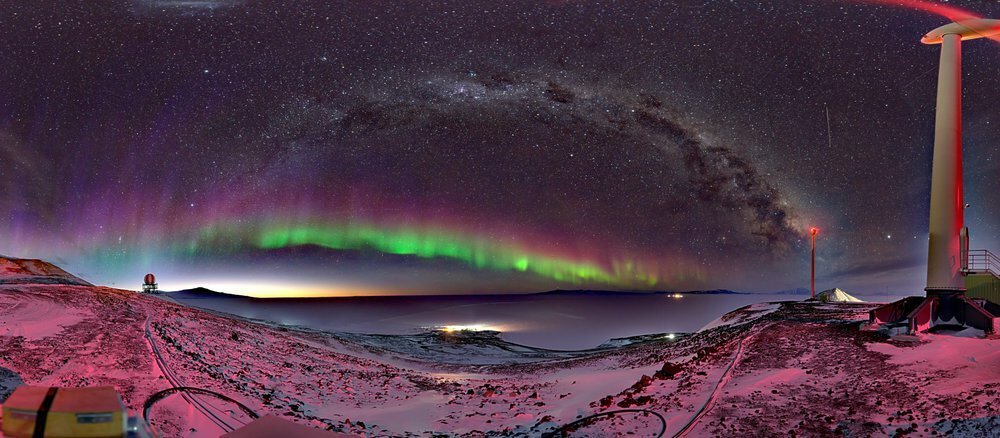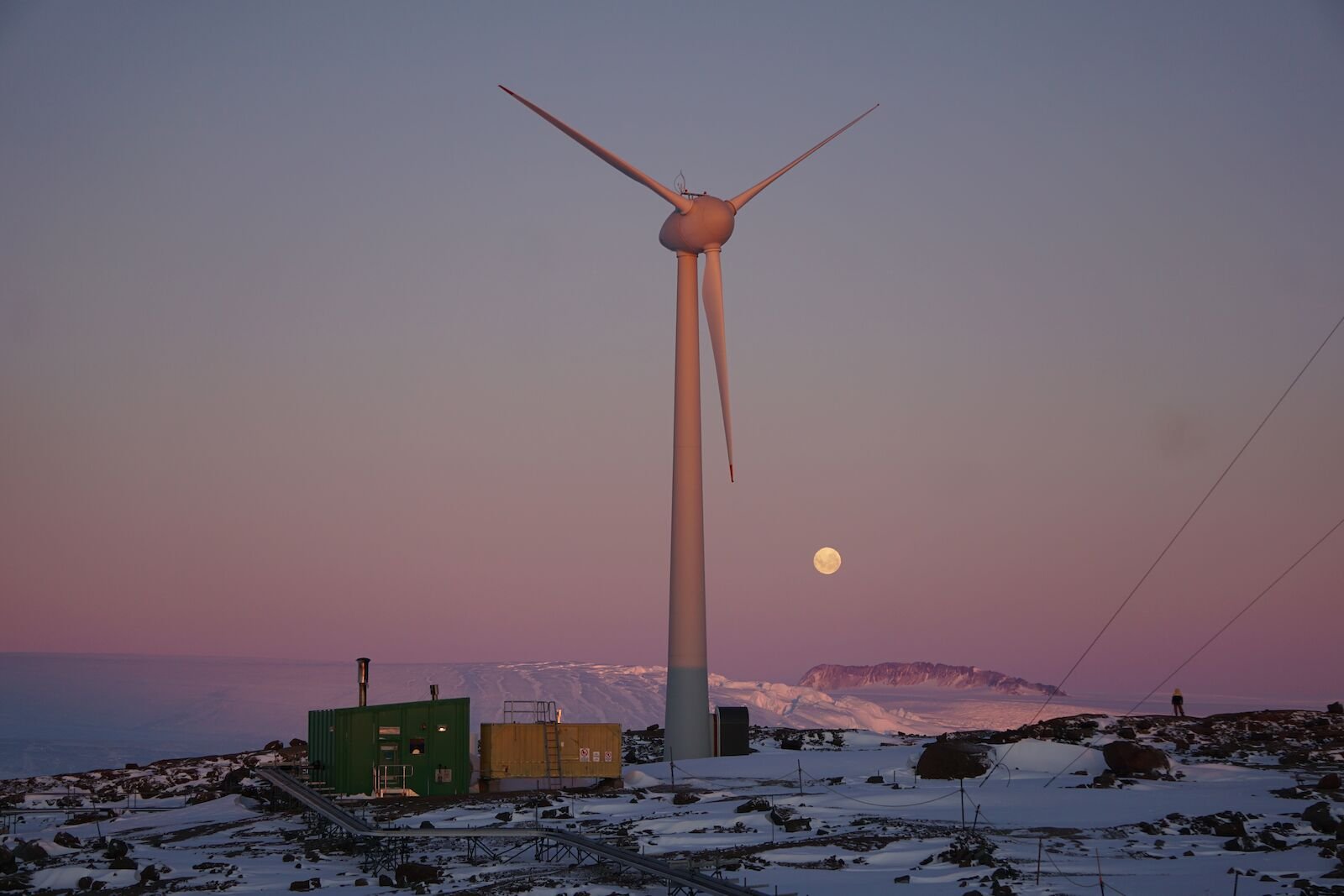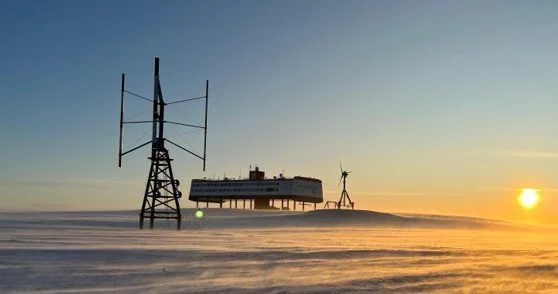
Sustainability
The protection of the Antarctic environment and dependent and associated ecosystems is a core provision of the Protocol on Environmental Protection to the Antarctic Treaty 1991. The COMNAP Members are government entities bound to the provisions of the Protocol through their government’s commitment.
As an organisation and through the COMNAP Secretariat, protection of the Antarctic environment by supporting and sharing best practice in regards to cooperative approaches and practices, is a key focus of our organisation’s activities and discussions.
Sustainability for COMNAP means caring for the environment, including at a local level, and fostering strong community relationships while contributing towards a positive, enduring future.
Leading by example is important for our organisation and members
National Antarctic Programs are considering how a changing Antarctica may impact their built infrastructure as a matter of safety of human life, to ensure continuing support to research, and to meet their environmental obligations related to their Antarctic activities.
Through COMNAP, National Antarctic Programs are working to understand how local and regional changes in their areas of operations might create new impacts to existing Antarctic infrastructure and how they can “future-proof” planned, or currently under consideration, built infrastructure.
ATCM XLV Resolution E (2023) Helsinki Declaration on Climate Change and the Antarctic states, inter alia, that ATCPs and CEP Members:
“Encourage all Antarctic operators, including national Antarctic programs, tourist and non-governmental operators to continue to reduce their carbon footprints and investigate pathways and move towards carbon neutral (‘net zero’) operations, as well as to reduce their impacts on the Antarctic environment and its associated and dependent ecosystems and to continue deliberations on possible policy recommendations to this end;”
Actively participating in the creation of a pathway to a low carbon future is positive for all programmes.
The goal of the COMNAP Antarctic Forest project is to assist national Antarctic programs to meet their emission offset targets in relation to inter-continental Antarctic travel, through a COMNAP-led initiative that will work at the interface with programs, departure point countries, local communities, and other stakeholders to development robust local solutions with maximum environmental benefits for all involved. Therefore, surrounding the Antarctic Treaty Area with an “Antarctic Forest”.
Assisting Members to make informed choices based on guidance built on the collective first-hand knowledge and wide expertise of the Membership is critical for success.
The COMNAP Secretariat is housed on the University of Canterbury campus, in Christchurch, New Zealand. The COMNAP Secretariat follows the University sustainability policy and plan. University of Canterbury has ranked second in Aotearoa New Zealand and 78 globally in the QS World University Rankings: Sustainability 2025.
The University is committed to sustainability, promoted through their Sustainability Plan, Biodiversity Plan, Waste Plan, Watershed and Waterways Plan, Sustainable Food and Drink Plan, and their Cycle Plan. Now, the vision includes native plantings, restoration of waterways and development of the campus to attract native biodiversity.
The University of Canterbury’s Sustainability Policy (2020) states:
“The University has a genuine desire to have sustainability institutionalised into the working culture and psyche of the University. It affirms that we want to see real change. Therefore, the University views sustainability as a broad, multi-faceted concept in which ecological, social, cultural and economic systems mutually reinforce and support one another into the long term. …”
At the COMNAP Secretariat we:
Have an Ambitions Framework guiding our sustainability work.
Offset our international travel carbon emission to/from conferences and meetings of our employees and of our Executive Committee.
Have a waste management and recycling plan in place and provide our Members with best practices on waste management.
Reduce the use of paper, printing pages only when needed and using double-sided, black & white, and minimise as fully as possible.
Promote the use of tap water over bottled water and have eliminated individual plastic bottles in our daily operations and during our meetings. We also use our own coffee mugs in place of single use, take-away coffee cups/lids. This alone has resulted in 500 less plastic cups each year being sent to the landfill.
Save energy having LED light bulbs in our offices and turning off lights and electronic equipment when not in use.
New Zealand generates and consumes around 43,500 gigawatt hours (GWh) of electricity a year. Most of our electricity comes from renewable sources such as hydroelectricity, with the overall share of renewable electricity generation exceeding 80% in most years (2022 statistic).
Hydroelectric generation has been a part of New Zealand’s energy system for over 100 years and continues to provide the majority of our electricity needs. Currently there's over 5,000 MW of installed hydro capacity. The majority of it is found in the South Island.
Geothermal generation has, for a long time, been an integral part of New Zealand’s electricity landscape. It began over 55 years ago with the opening of the Wairakei power station in November 1958. Most of New Zealand’s installed capacity is situated in the Taupo Volcanic Zone. Geothermal generation is around 15% of New Zealand’s electricity generation.
Wind generation has grown quickly as a source of electricity in New Zealand. The first wind farm, Hau Nui, was commissioned in 1997. Now wind generation makes up around 5% of New Zealand’s electricity generation. Most of New Zealand’s wind farms are located in the North Island. This includes the country’s 2 largest farms, Tararua Wind Farm and West Wind Makara, which are located in the lower North Island.
Electricity generation from the combustion of coal, oil, and gas provides baseload, backup and peaker electricity supply. Generation from these fuels is around a quarter of New Zealand’s electricity generation. Most of New Zealand’s thermal plants are found in the North Island, close to domestic coal, oil, and gas resources.









